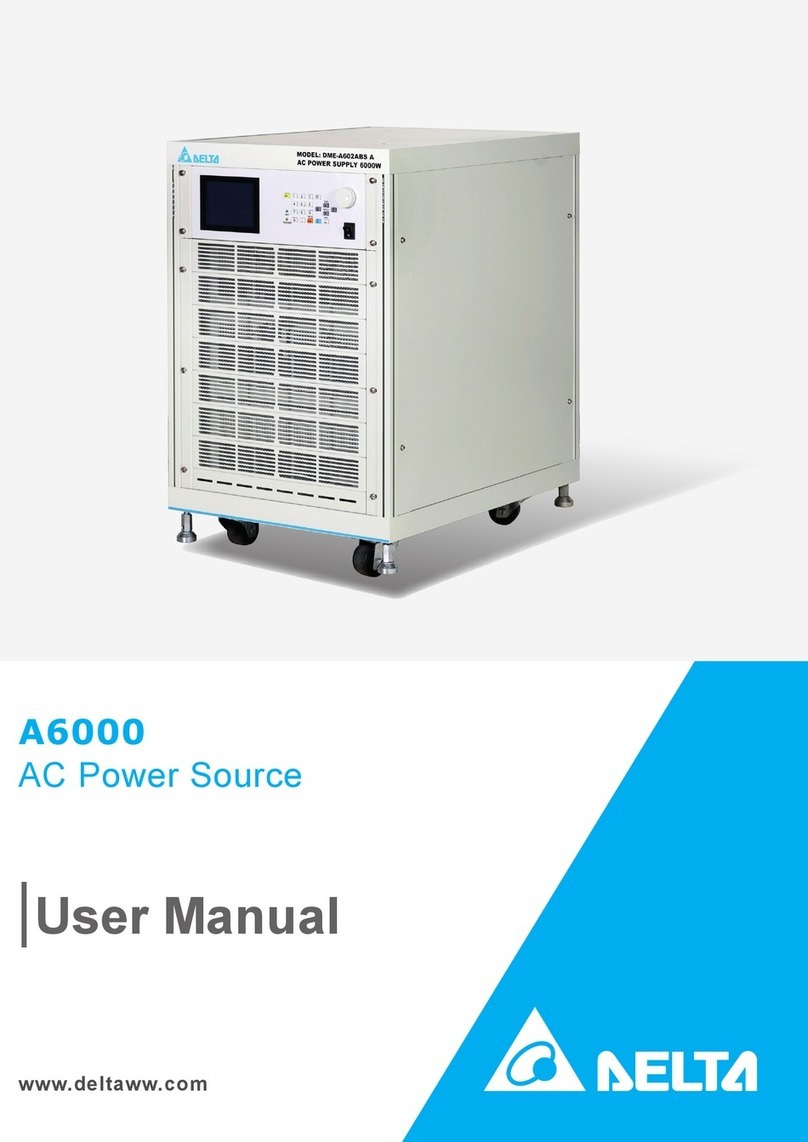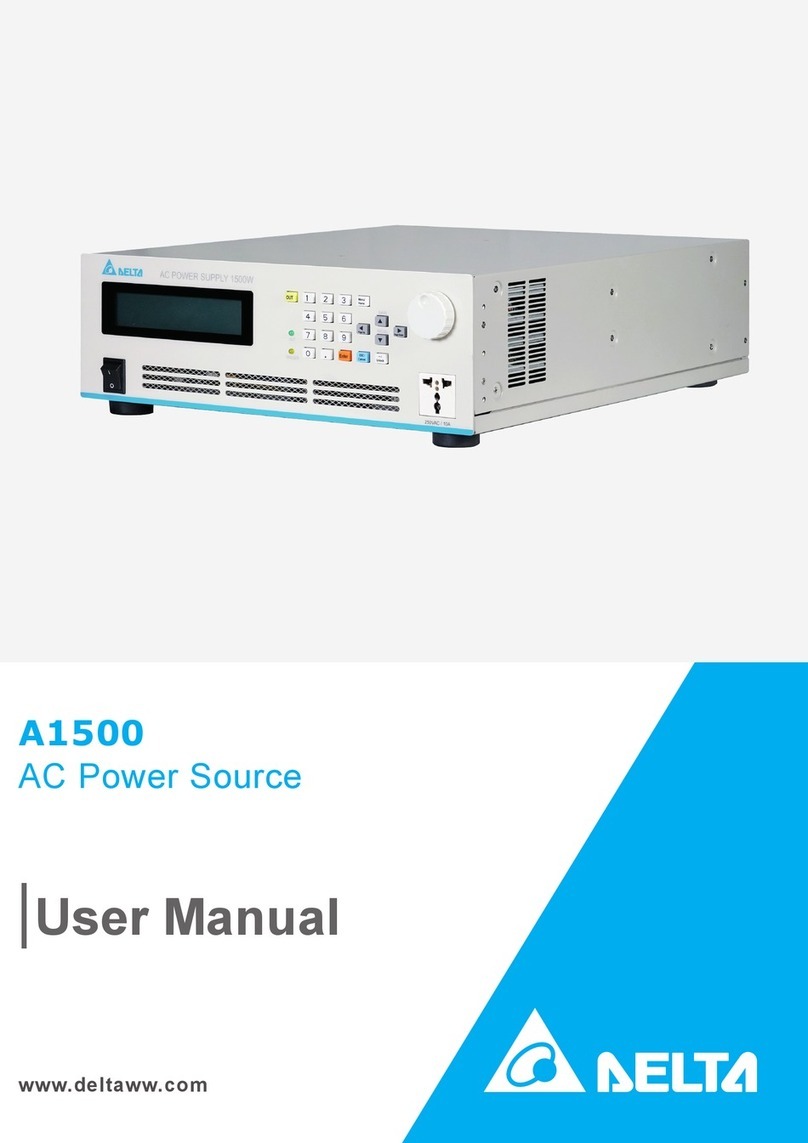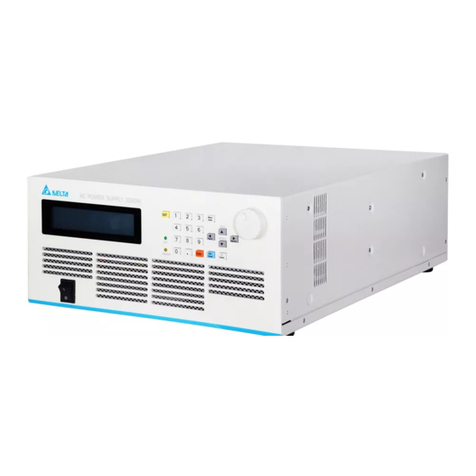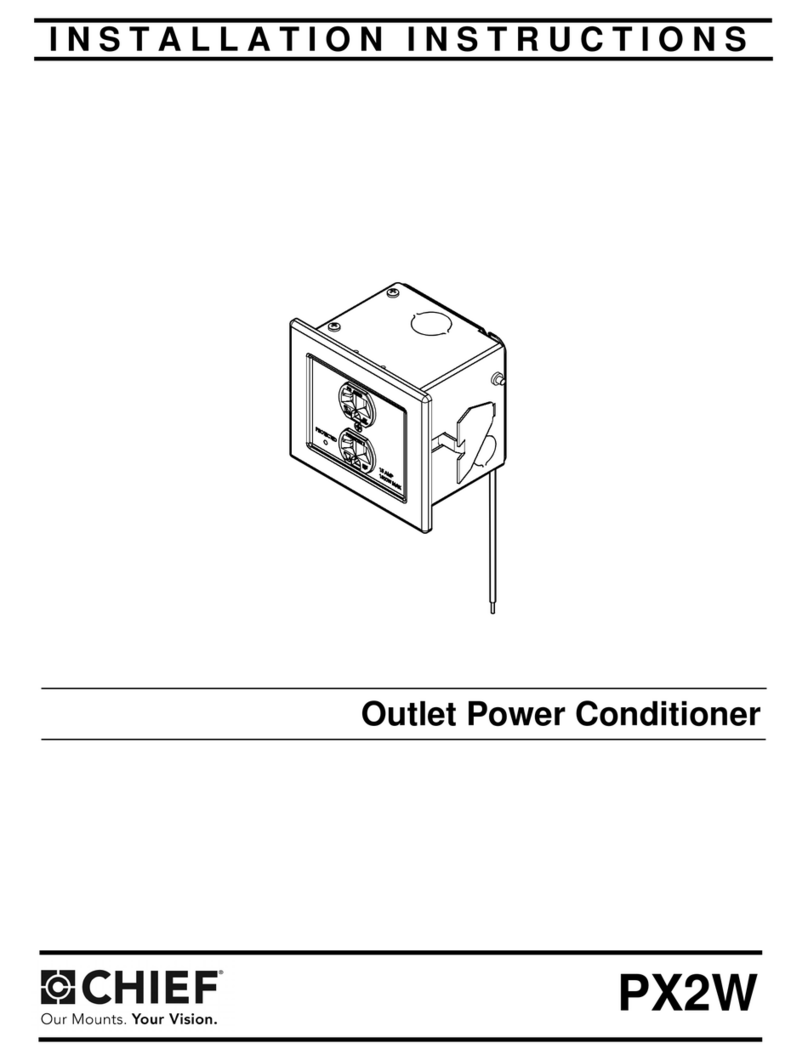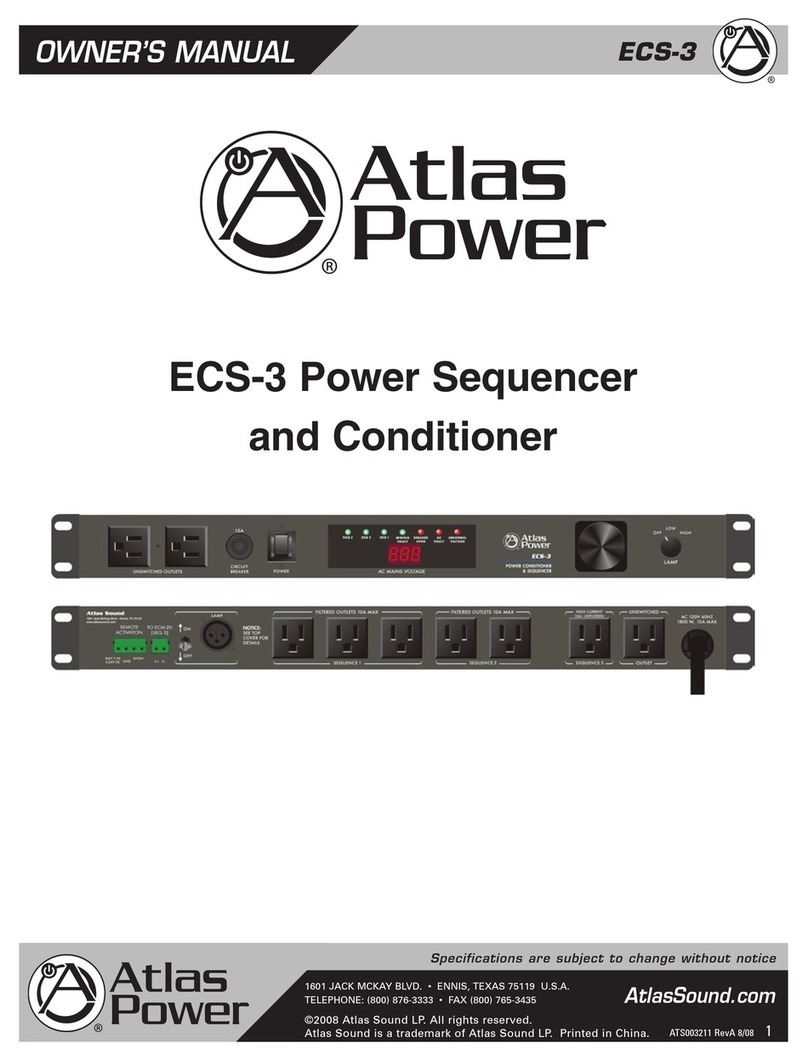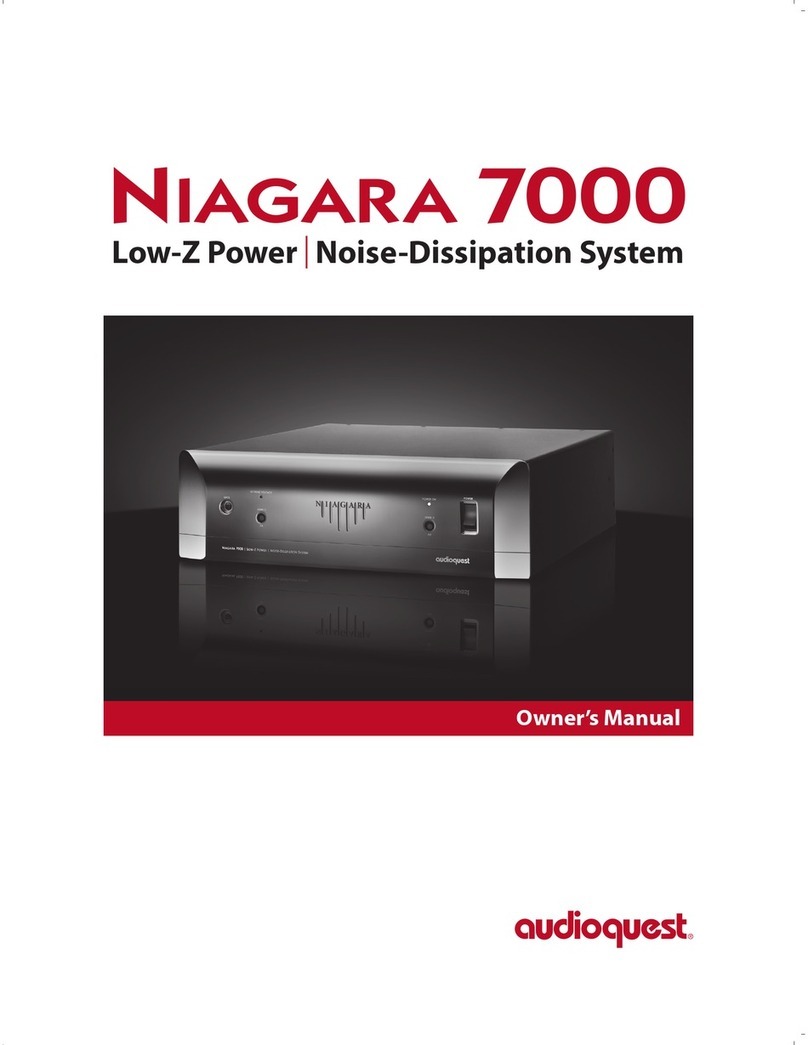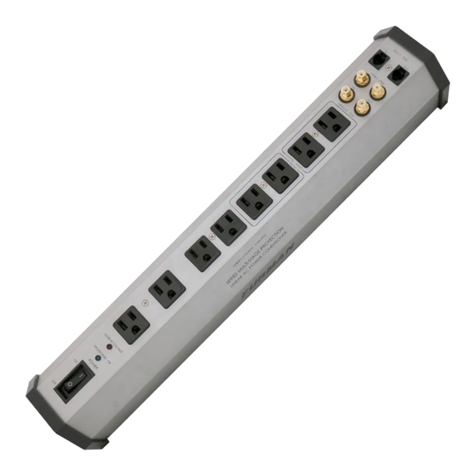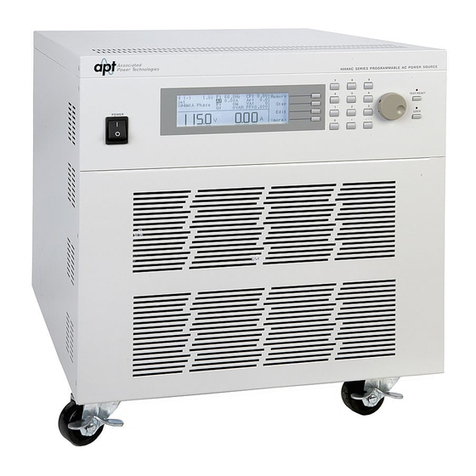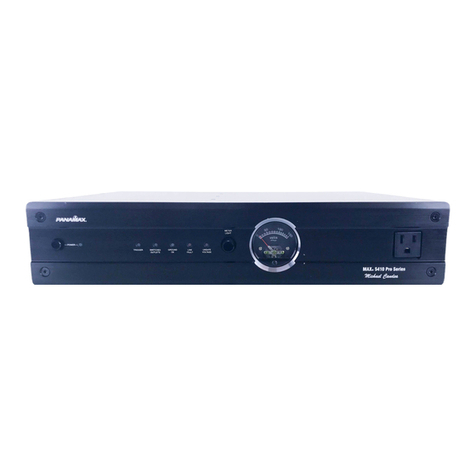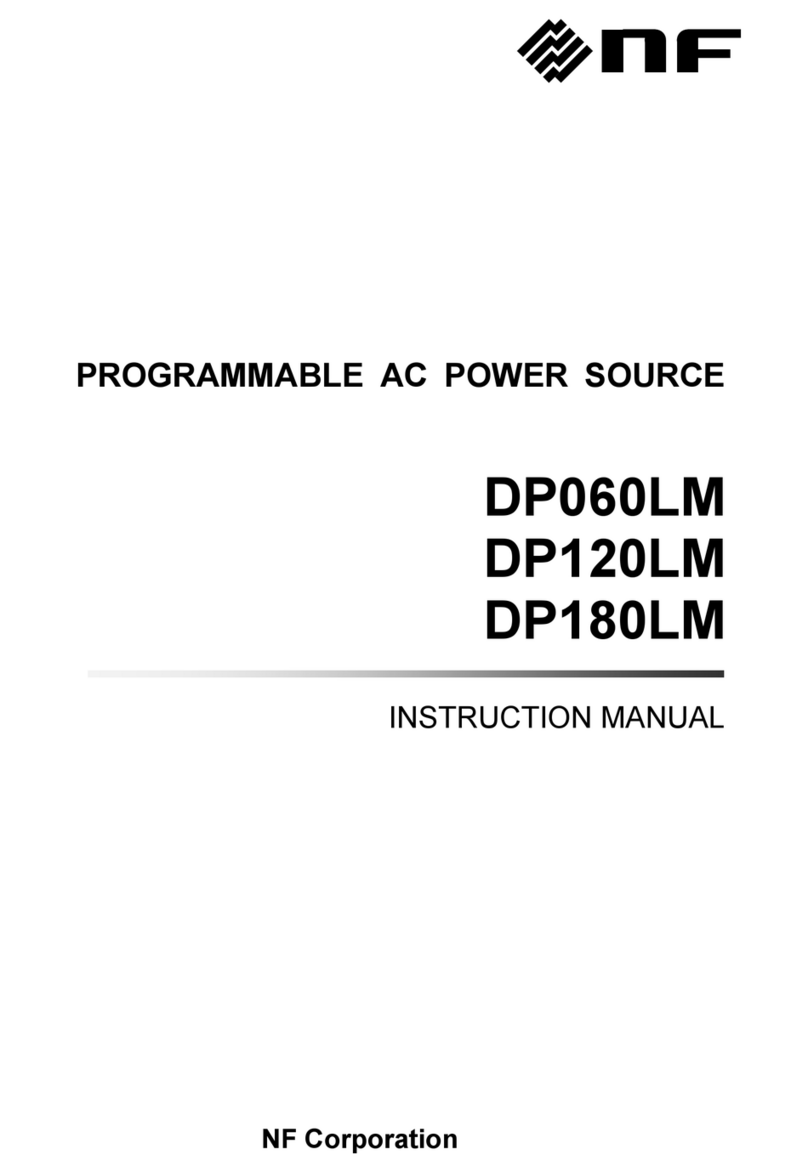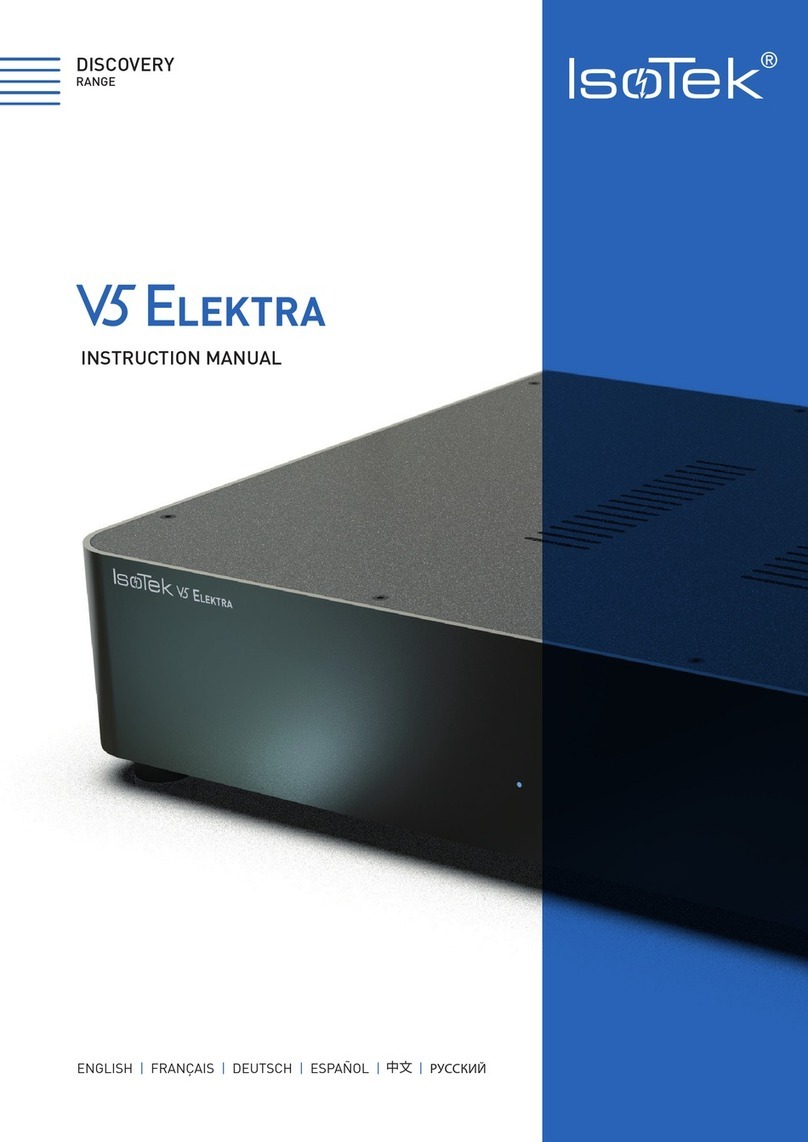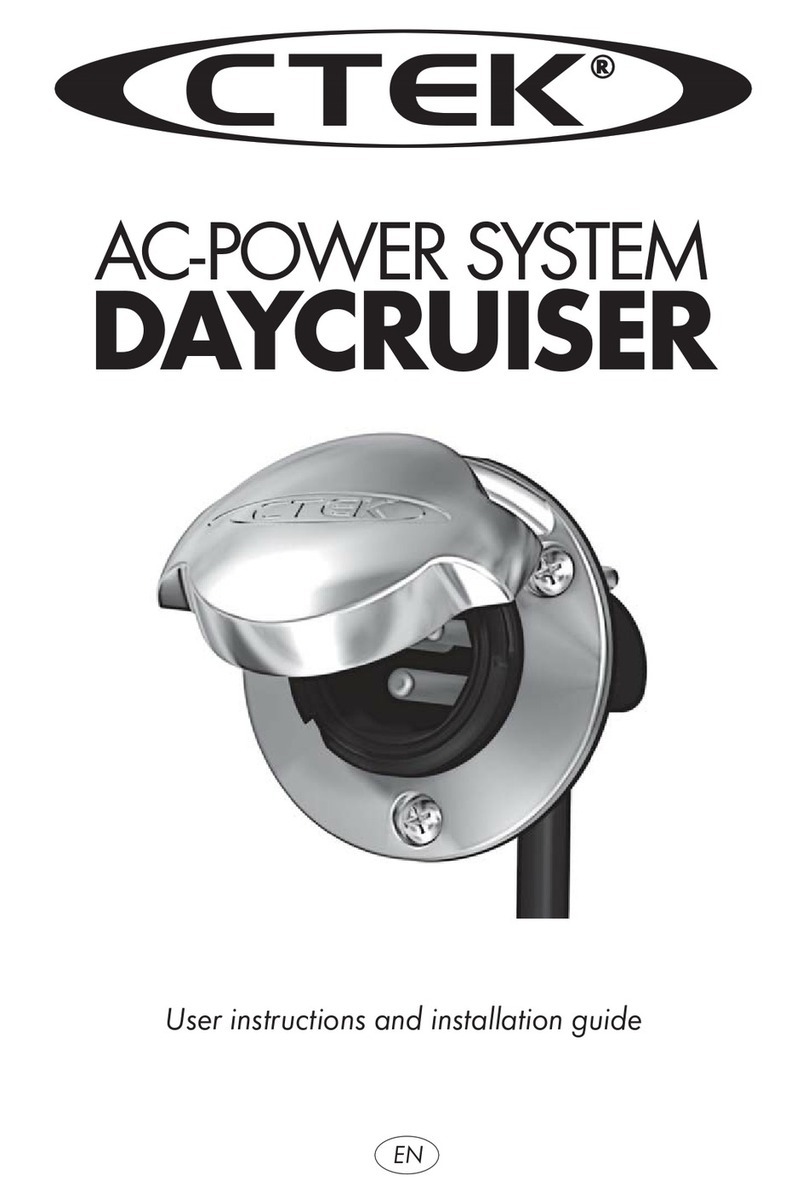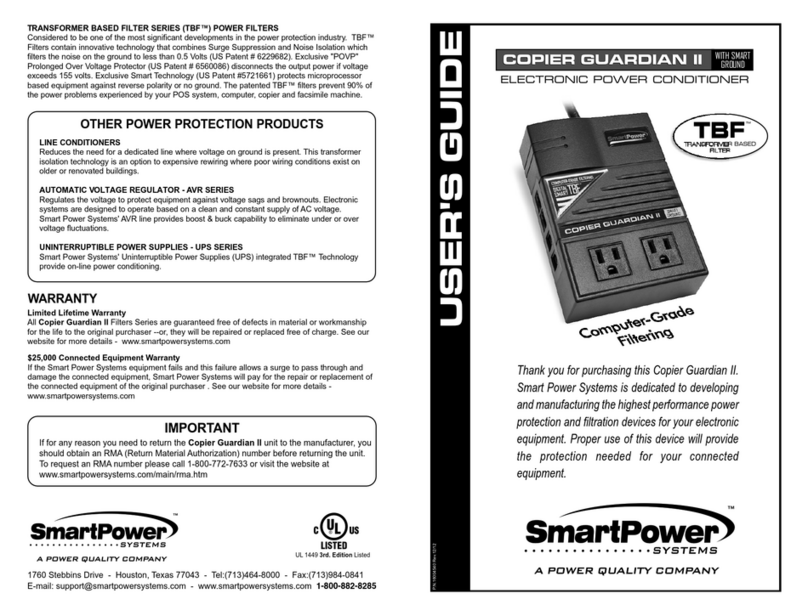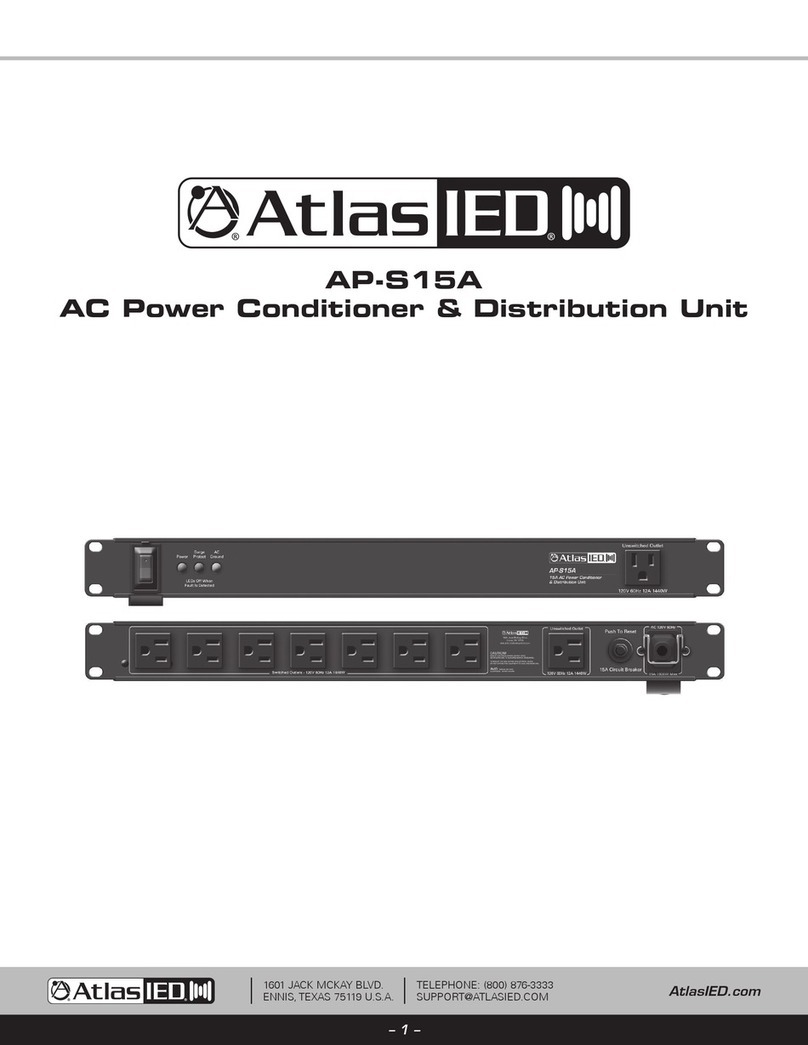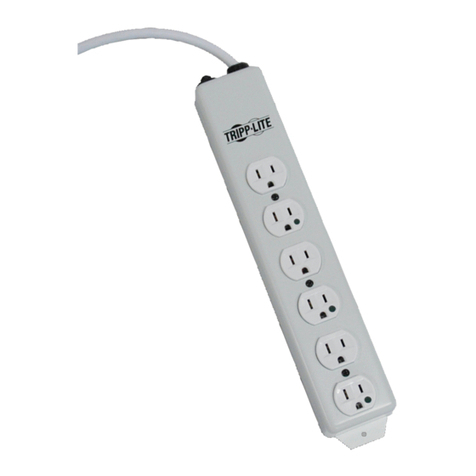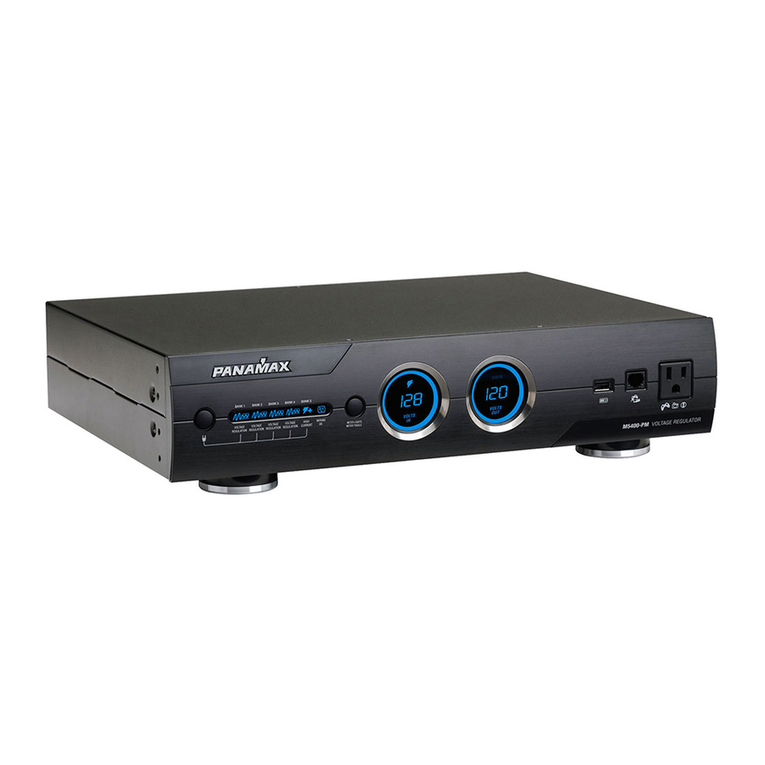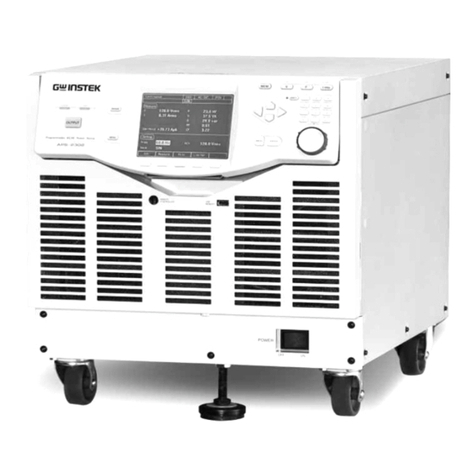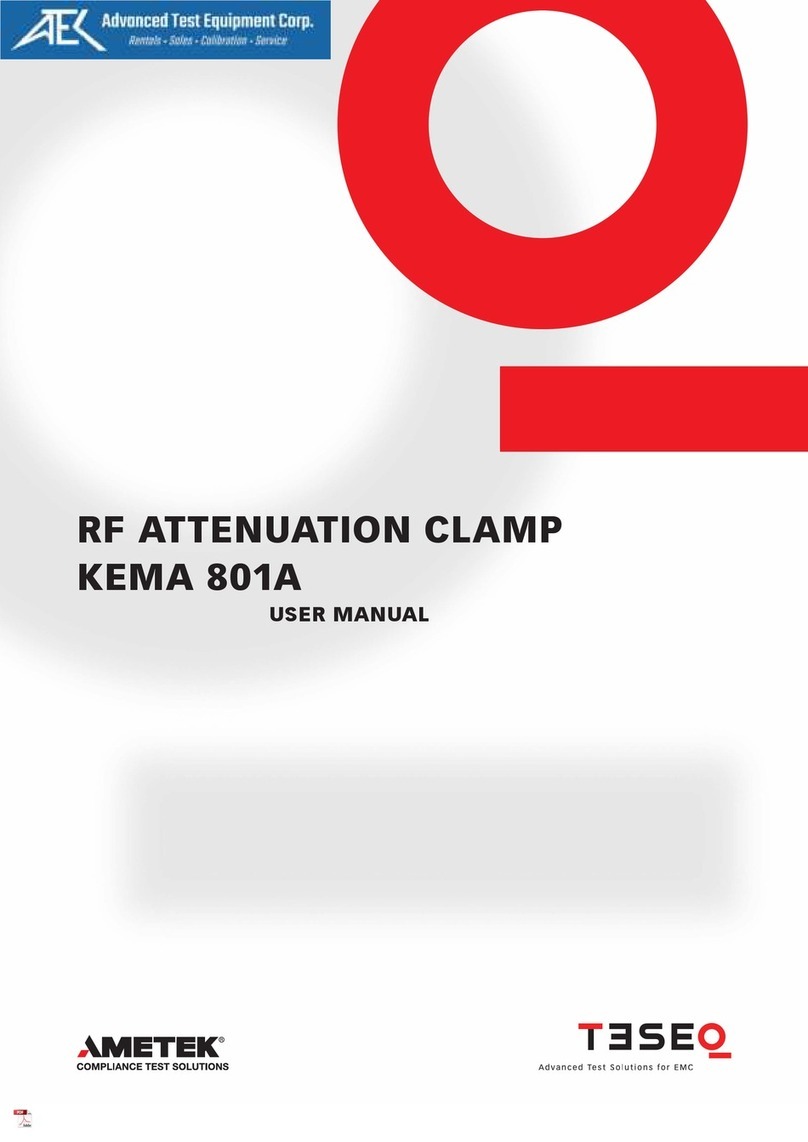Delta PCS100 User manual

Delta Power Conditioning System
(PCS100) Installation Manual
Version: 1.0.3

Installation Manual
i
TABLE OF CONTENTS
About this Manual .................................................................................. 1
Version Control............................................................................ 1
Purpose....................................................................................... 2
Scope.......................................................................................... 2
Audience..................................................................................... 2
Organization................................................................................ 2
Safety Symbols and Terminology Definitions............................... 3
Introduction............................................................................................ 5
Overview..................................................................................... 5
Features...................................................................................... 6
Applications................................................................................. 6
Accessory Kits............................................................................. 6
Installation.............................................................................................. 7
Before You Begin........................................................................ 7
Foundation.................................................................................. 8
Location and Ventilation Requirements....................................... 9
Unpacking the Unit.................................................................... 12
Installing the PCS Onsite........................................................... 14
Securing a Cabinet in a Final Location...................................... 28
Wiring Instructions................................................................................ 33
Safety........................................................................................ 33
Opening/Closing the Enclosure Doors....................................... 33
Wire Sizing and Ratings............................................................ 37
Preparation of Cables................................................................ 38
Communication and I/O Wiring and Terminal Resistor Setting.. 40
Wiring........................................................................................ 49

Installation Manual
ii
Warranty.............................................................................................. 58
Appendix.............................................................................................. 59
Specifications............................................................................ 59
Glossary.................................................................................... 61
Screw Torque Table.................................................................. 63

Installation Manual
iii
Copyright
The ownership and all intellectual property rights of this Installation Manual (this “Manual”), including
but not limited to the content, data and figures contained herein are vested by Delta Electronics, Inc.
(“Delta”). The Manual can only be applied to operation or use of the product. Any disposition,
duplication, dissemination, reproduction, modification, translation, extraction or any other usage to the
Manual is prohibited without obtaining Delta’s prior written permission. As the product will be developed
and improved continuously, Delta may modify or update the Manual from time to time without any
notice. Delta will do its best efforts to keep the Manual updated and maintain the accuracy of the
Manual. Delta disclaims any kinds or forms of warranty, guarantee or undertaking, either expressly or
implicitly, including but not limited to the completeness, accuracy, non-infringement, merchantability or
fitness for particular purpose or usage.
Copyright © 2019 Delta Electronics, Inc. All Rights Reserved.

About this Manual
Installation Manual
1
About this Manual
Version Control
Table 1: Version Control
Rev.
Change Description
Date
1.0.0
1. Add opening the door space.
2. Add parallel installation.
3. Add detail description about terminal resistor switch and terminals on new
J board.
4. Delete chapter “System configuration and commissioning”
31Dec2020
1.0.1
Add description about Icc declaration.
9Apr2021
1.0.2
Update Figure4 about Anchoring Holes Placement in page 8
1Sep2021
1.0.3
Update Figure7 about space limitation on top;
Update specification in page 59&60.
27Sep2021

About this Manual
Installation Manual
2
Purpose
The purpose of this Installation Manual is to provide explanations and standard procedure for installing,
configuring the Delta Power Conditioning System PCS100 series product.
Scope
The manual provides safety guidelines, detailed planning and setup information, standard procedure of
installing the PCS, and information about configuration of the unit. It does not provide details of
batteries.
Audience
The manual is intended for anyone who needs to install Delta PCS100. Installers should be
certificated technicians or electricians.
Organization
This manual is organized into the following chapters:
Chapter 1: “About the Manual”
Chapter 2: “Introduction”
Chapter 3: “Installation”
Chapter 4: “Wiring Instructions”
Chapter 5: “Warranty”
Chapter 6: “Appendix”

About this Manual
Installation Manual
3
Important Safety Instructions
Save these Instructions
Safety Symbols and Terminology Definitions
Note:
Indicates additional information that is relevant to the current process or procedure.
WARNING!
Warning information appears before the text it references to emphasize that the content may
prevent damage to the device or equipment.
CAUTION!
CAUTIONS APPEAR BEFORE THE TEXT IT REFERENCES. CAUTIONS APPEAR IN CAPITAL LETTERS TO
EMPHASIZE THAT THE MESSAGE CONTAINS VITAL HEALTH AND SAFETY INFORMATION.
INFORMATION provided that when known and used will ensure optimal
operation of the system.
HIGH VOLTAGE WARNING! Indicates hazardous high voltages are present, which, if
not avoided, will result in death or serious injury. Thus, only authorized and trained
personnel should install and/or maintain this product.
Hot surface
Equipment grounding conductor (PE)
General Safety Instructions (EN)
This manual contains important instructions for PCS that should be followed during installation and
maintenance.
PCS is designed and tested to meet all applicable International safety standards. However, like all
electrical and electronic equipment, safety precautions must be observed and followed during
installation and operation of PCS to reduce the risk of personal injury and to ensure a safe installation.
Installation, commissioning, service, and maintenance of PCS must only be performed by qualified
personnel that are licensed and/or satisfy state and local jurisdiction regulations.
Before starting installation or commissioning of the PCS, read through the entire manual and note all
DANGER! WARNING! CAUTION!, and NOTICE! Statements.
All electrical installations must comply and be in accordance with all the state, local, and utility
regulations.
!
!

About this Manual
Installation Manual
4
Wait for a prescribed amount of time before engaging in the indicated action.
Safety Instructions
The PCS installation must be performed by an authorized electrician in accordance with the local
requirements or European Standard.
The PCS section does not contain user-serviceable parts. For all service and maintenance, a
Delta repair technician or authorized service partner is required for onsite maintenance services.
Read all of these instructions, cautions, and warnings for the PCS and associated PCS
documentation.
Before connecting the PCS to the AC distribution grid, approval must be received by the
appropriate local utility as required by national and state interconnection regulations, andmust
be connected only by qualified personnel.
In operation, the PCS wiring and connections can have hazardous high voltages and currents
present, thus only authorized and qualified personnel shall install and/or maintain thePCS.
In some operation instances, the PCS chassis and heat sink surfaces may become hot.

Introduction
Installation Manual
5
Introduction
Overview
Delta’s Power Conditioning System (PCS) is a bi-directional conversion system that converts power
between energy storage and grid, along with energy and grid power quality management features.
It supports demand charge management by peak shaving, enables load shifting for time-of-use
savings, and provides real power and reactive power compensation to improve power quality.
With Delta’s PCS solution you can realize the fullest value of an energy storage system.
Figure 1. Typical PCS Application System Architecture
Battery
600~1000 Vdc
DC switch DC
Fuses
DC Relays
100kW Bi-directional
Inverter Module
AC
Fuses
SPD
AC Contactor AC Switch
L1
L2
L3
Grid
400 Vac
3P3W
SPD
Figure 2. Delta PCS100 System Block Diagram

Introduction
Installation Manual
6
Features
High conversion efficiency with latest technologies
High efficiency: peak 97.9%
High power density in outdoor application: 146 W/l, 322 W/kg
Low standby power loss: < 25W @sleep mode
Integrated AC and DC switches for easy installation
Scalable up to 500 kW in parallel configuration
Quick system response time (< 40 ms)
IP55 enclosure compliance for outdoor application
Applications
Demand charge management (Power Dispatch)
Load shifting for Time-of-Use saving
Power quality improvement (P-Q Control, Frequency Regulation)
Emergency backup power
Accessory Kits
Check that the following items are included. Contact your vendor if any items are missing or appear
damaged.
4 x M16 2 x keys
expansion bolts
Connectors:
1 x 15-pin, 2 x 6-pin,
1 x 3-pin and 1 x 2-pin
14 x insulating tubing
Wire Instructions:
Connect insulating sleeves between the wires and the two-hole terminals. The accessory kit includes
the insulating sleeves, alternatively you can use local materials as is appropriate.
Figure 3. Final Wire Installation with Sleeve

Installation
Installation Manual
7
Installation
This chapter describes how to mount and install the PCS, including the information about
recommended tools, groundwork preparation, location and ventilation considerations, unpacking,
moving and mounting. Read this chapter and plan your PCS layout and installation accordingly.
Before You Begin
Recommended Tools
The following tools are recommended for a successful installation:
1 x PH2*100 mm Phillips screwdriver
1 x PH3*100 mm Phillips screwdriver
1 x M8 hex bolt socket wrench
1 x M16 hex bolt socket wrench
1 x M6 hex bolt socket wrench
1 x M6 Allen wrench
Concrete drill
1 x 24-inch adjustable wrench
Hydraulic crimping tools (capable to crimp cable lugs)
Wire cutter
Wire stripper
Diagonal pliers
Grounding Instructions
WARNING!
Grounding: All input and output circuits are isolated from the enclosure. System grounding, when
required by EN 62477-1, is the responsibility of the installer.
An equipment grounding conductor or a grounded, metal, and permanent wiring system is required for
the PCS connection. This should be run with circuit conductors and connected to the equipment
grounding bar or lead on the PCS.
!

Installation
Installation Manual
8
Foundation
The PCS cabinet is recommended to be mounted on concrete floor. Follow the illustration below to
prepare the groundwork.
Before installing a PCS cabinet, it is recommended to have a solid foundation established. The
following information is provided to serve as a guide for the setup of a recommended foundation.
The footprint boundary area of the PCS is 600 x 800 mm (23.62 x 31.49 in.), and there are two ways for
mounting:
1.
Mounting by the left and right sides of the unit base: Drill four holes for M16 expansion bolts at
the 4 corners of an area of 560 x 460 mm (22.05 x 18.11 in.) as marked in number 1.
2.
Mounting by the front and rear sides of the unit base: Drill four holes for M16 expansion bolts at
the 4 corners of an area of 300 x 746 mm (11.81 x 29.37 in.) as marked in number2.
Figure 4. Mounting Layout and Anchoring Holes Placement Variations (TopView)
Once the anchoring holes are completed, insert the expansion sleeves into the anchoring holes:
Remove four M16 expansion bolts from the accessory kit.
Separate the nuts and washers from the bolts.
Once the expansion sleeves are individually separated, insert each one into the anchoring
holes.
600 mm (23.6 in)
Cabinet outlinedimension
560 mm (22.04 in)
Expansion bolt
300
+
-
5
mm
(11.8
in)
Expansion bolt
2
2
1
1
1
1
2
2
460
-
+5
mm
(18.11
in)
Expansion bolt
746 mm (29.37 in)
Expansion bolt
800 mm (31.5 in)
Cabinet outline dimension

Installation
Installation Manual
9
Location and Ventilation Requirements
Dimensions
Figure 5. Front and Side Views of a Delta PCS100
Location Considerations
To fully experience the benefits and reliability of the PCS design, follow the provided guidelines:
The PCS unit is rated IP55 and configured for outdoor installations.
Install the PCS in an accessible location following local requirements or European Standard for
enclosure and door clearances and proximity to other equipment.
For optimal PCS life and performance, do not mount the PCS in direct sunlight, especially in hot
climates. If the unit must be mounted in direct sunlight, a metal sun-shield is recommended but
not required.
The PCS is forced-air-cooled. The cabinet is separated into two compartments: front and rear
compartments.
In the case of front compartment, a heat exchanger is mounted on the front door and air is
drawn in by the heat exchanger fans through vents at the lower part of the front door, and
exhaust air is emitted from vents at the higher part of the front door, as shown in Figure 6.
From the rear compartment, air is drawn in through vents at the lower part of the rear door, and
exhaust air is emitted from vents in the front of the roof. The air inlet and outlet must not be
blocked, and the installation location should be sufficiently ventilated to prevent the PCS heat
output from increasing the ambient temperature beyond the PCS’s rating.
ON
OFF
STAND BY RUN
FAULT
DC DISCONNECT
ON
AC DISCONNECT
ON
OFF
OFF
600 mm (23.6in)
1766 mm (69.5 in)
44 mm
(1.73 in) 800 mm (31.5 in)
855 mm (33.66in)

Installation
Installation Manual
10
Under certain operating conditions, the PCS emits an audible noise. It is advisable to install
away from living accommodations to protect against noise levels.
The PCS should not be installed in an area that is excessively dusty, as this may decrease the
performance of the air cooling system.
The PCS must not be installed in areas in which dust containing conductive particles (e.g. iron
filings) may form.
Figure 6. Diagram of PCS Airflow Design (Side View)
Air Out
Air Out
Air In
Air In
Compartment
Front
Compartment
Rear
Heat
Exchanger

Installation
Installation Manual
11
Maintenance distance requirements
A minimum distance of 800 mm behind the PCS is required for maintenance from rear side, a
minimum distance of 800mm in front of the PCS is required for maintenance from front side and a
minimum distance of 100mm on top of the PCS is required for lifting the PCS if needed as shown in
Figure 7.
Figure 7. Front and Rear Maintenance Clearance Distance
Opening the door space
When installing the PCS, take into consideration the necessary ventilation space as well as the space
requirements to allow access when opening the doors. At the same time, 306mm opening the door
space should be reserved as shown in Figure 8.
Figure 8. Top View of Door Clearance
Parallel installation
When PCS are installed side by side, the clearance between PCS should be greater than 10 mm as
shown in Figure 9.
Figure 9. Top View of Side by Side

Installation
Installation Manual
12

Installation
Installation Manual
13
Unpacking the Unit
Use a forklift to move and place the crate containing the PCS100 and the wooden pallet on a
designated location. Make sure the location is clean and prepared prior to moving the crate.
WARNING!
The PCS100 and crate have a combined weight of approximately 418 kg/921 lbs. DO
NOT attempt to lift and/or move the package/unit by hand. The unit is extremely heavy.
Attempting to move the unit by hand may lead to injury, damage, and even possibly death.
WARNING!
Before opening the package, make sure the Tip Tell label is OK. If the Tip Tell label
shows the PCS100 had topple and fall, immediately contact Delta and the Shipping
Company.
1.
Use a ladder to reach the top of the PCS100.
2.
Remove the screws securing the top cover.
3.
Remove the top cover.
Figure 10. Removing a Top Cover
4.
Remove the screws securing the left and right sidewalls from the shipping package.
5.
Remove the right and left sidewalls.
!
!

Installation
Installation Manual
14
Figure 11. Removing Left and Right Sidewalls
6.
Remove the screws securing the front and rear walls from the shipping package.
7.
Remove the front and rear walls.
Figure 12. Removing Front and Rear Walls
Upon unpacking the page, inspect the unit for signs of damages that may have been caused during
shipping. If damage is found, immediately contact Delta and the shipping company..

Installation
Installation Manual
15
Installing the PCS Onsite
The PCS Series must be located in weather-proof enclosure or enclosed-area. The PCS is not
intended or designed for exposure to water or excessive dust.
The PCS system is designed to support the requirements of various environments.
The PCS must be in an upright position at all times.
The PCS functions at optimal operating performance if installed in a temperature range of -20°C
to 25°C (32°F to 77°F).
The specifications are available in “Specifications” on page 68.
Safety Considerations
The following safety information is intended to reduce the risk of accidents:
Keep the floor around the PCS clean to prevent metallic dust, iron or other metal filings from
being drawn inside the device, consequently causing short circuits.
Closed area installations:
The floors and surrounding area around the PCS must use non flammable material.
A portable powder fire extinguisher must be installed within easy reach of the PCS.
An automatic fire extinguishing system should be installed and enabled for the site.
Access to the installation site should be restricted to qualified service personnel.
Surge Arrester Safety
The function of lightning and surge protection systems is to protect the devices, functional isolations
and over voltage-sensitive consumer equipment of the PCS. The PCS is equipped with a Class II SPD
to cover the system when not placed in a directly lightning strike area.
Due to the wide surge energy, voltage and frequency range of over voltage in lightning strike areas, it
is recommended:
1. Where the system is equipped with an external lightning protection system(LPS) or protection
against effects of direct lightning is otherwise specified, Class I SPDs shall be used.
2. Where the system is not equipped with an external lightning protection system(LPS) and
where the occurrence of direct lightning strike to the overhead lines between the last pole and the
entrance of the installation is to be taken into consideration, Class I SPDs at or near the origin of the
electrical installation shall be used.
3. Class II SPDs shall at least be installed as close as possible to the origin of the installation in
the system, for example in the upstream distribution board for PCS.
Battery Ground Fault Concerns
The following are concerns surrounding potential risks of DC ground faults and the possible causes.
WARNING!
Toprevent possible escalation into serious or catastrophic ground faults, make sure to equip
the corresponding Ground Fault Detection (GFD) equipment and follow strict maintenance
guidelines.
The primary concerns with any Battery Ground Fault include three principle areas:
1.
Fire due to ground fault.
2.
Risk to personnel due to ground or battery fault.
!

Installation
Installation Manual
16
3.
Risk to system reliability due to ground fault.
To prevent possible ground fault risks, equip the corresponding GFD equipment. The battery warranty
may be null and void if the GFD equipment is not equipped.
WARNING!
The weight of the PCS is distributed on a small surface of the floor. It is necessary to verify
the floor load-bearing capacity.
All service and maintenance personnel must be trained in normal as well as emergency procedures.
Chain Hoist Installation
The dimensions and weights specified must be taken into consideration when mounting the
PCS100. All lifting equipment and lifting components (hooks, bolts, lifts, slings, chains, etc.) must
be properly sized and rated to safely lift and hold the weight of the PCS100 during the mounting
process.
CAUTION!
TO MOVE THE PCS100, USE LIFTING EQUIPMENT THAT HAS APPROPRIATELY RATED LIFT CAPACITY.
CAUTION!
IF USING LIFTING LUGS, BE SURE THE SPREADER BAR IS SUFFICIENTLY LONG TO PREVENT DAMAGE
TO THE HOOD AND BE SURE TO USE A MINIMUM OF FOUR STRAPS OF SUFFICIENT LENGTH.
!
!
!
Other manuals for PCS100
1
Table of contents
Other Delta AC Power Distribution manuals
